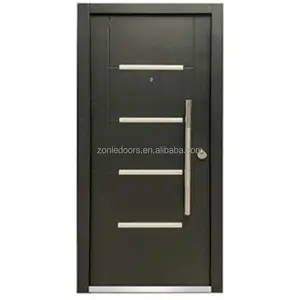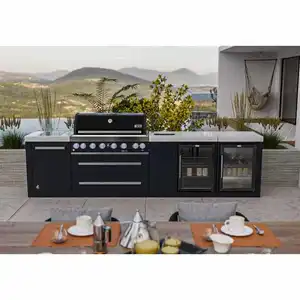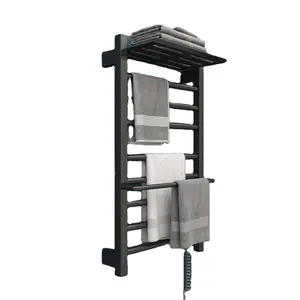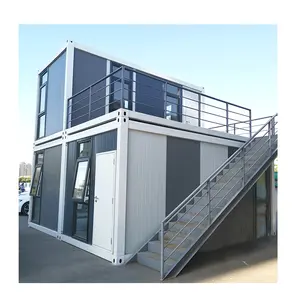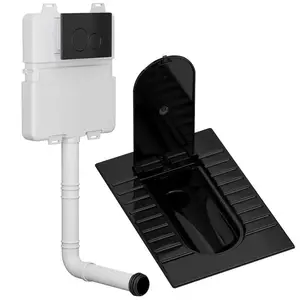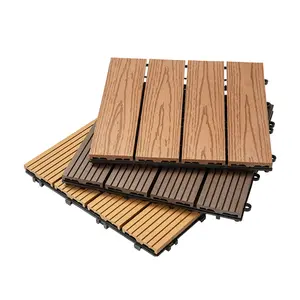Popular in your industry




















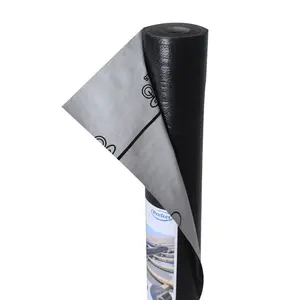















































































































































































































Top categories
About vinyl roll roofing
Introduction
As the demand for sustainable, cost-effective, and durable roofing solutions grows, vinyl roll roofing has emerged as a standout choice. Known for its strength, weather resistance, and longevity, this versatile material, also referred to as PVC roofing, is gaining popularity. Its unique selling points are its eco-friendliness and affordability. This article explores the world of vinyl roll roofing, discussing its composition, types, manufacturing process, environmental benefits, cost-effectiveness, and suitability for modern homes.
Understanding Vinyl Roll Roofing
Vinyl roll roofing, or PVC roofing, is a robust material primarily used for commercial properties. It's available in large sheets for flat roofs or as shingles for slanted roofs. PVC is a specially manufactured material designed to be both durable and flexible. Its popularity stems from its strength, weather resistance, and chemical resistance, making it ideal for various commercial buildings. Moreover, with regular maintenance, vinyl roofing can last for decades, providing a long-term roofing solution.
Composition and Manufacturing Process
Vinyl roll roofing is made from a single-ply PVC roof membrane consisting of two layers of specially-formulated vinyl bonded to a polyester reinforcement scrim layer. This synthetic polymer, polyvinyl chloride, can be manufactured as a rigid or flexible construction material. In roofing, flexible products are used to cover a low-slope or flat roof. The PVC membrane roof is often white or light-colored to deflect intense UV rays and improve energy efficiency. The seams of PVC membrane roofing sheets are welded together to form a cohesive barrier against the elements.
Types and Styles
Roofing membranes come in various types, including EPDM, TPO, and PVC. EPDM, a synthetic rubber black membrane, is durable and suitable for non-living spaces due to its heat absorption. TPO and PVC are single-ply white membranes that reflect heat, making them ideal for living spaces. Both are similar in characteristics and installation process, with PVC being more flexible and having a longer history. These membranes are essential for flat or low slope roofs, providing waterproofing and preventing leaks.
The Eco-Friendly Aspect of Vinyl Roll Roofing
PVC, or vinyl roll roofing, has a significant advantage over many other roofing materials due to its recyclability. The vinyl roofing industry is committed to reducing waste, with manufacturers recycling hundreds of thousands of pounds of membranes at the end of their service lives. A white PVC commercial roof can reflect 80% or more of the sun’s rays, reducing the effects of heat islands formed by heat-absorbing surfaces. This makes PVC an eco-friendly roofing solution that contributes to sustainability and energy efficiency.
Recyclability and Sustainability
Vinyl roll roofing, specifically polyvinyl chloride (PVC), is unique in its recyclability. As a thermoplastic, PVC can be heated and reprocessed without losing its key physical properties, making it an ideal material for recycling. The industry has long been reusing production trimmings and scrap as raw materials in the manufacturing process. In 2021 alone, manufacturers recycled over 10,000 tons of preconsumer material. Even end-of-life materials have the potential for similar recycling outcomes. This recycling process can lead to the creation of new roofing membranes or other products, contributing to the sustainability of vinyl roll roofing.
Energy Efficiency
Vinyl roll roofing is a highly energy-efficient solution. Its inherent reflectivity can deflect over 80% of the sun's rays, reducing heat transfer to the building interior and lowering air-conditioning demand. This results in significant energy savings, even in northern climates. A study by the Lawrence Berkeley National Laboratory found that a vinyl roof reduced peak energy demand by 14% and overall air conditioning energy consumption by 11%. This energy efficiency also contributes to reducing the urban heat-island effect and lowering a building’s carbon footprint.
The Cost-Effectiveness of Vinyl Roll Roofing
Vinyl roll roofing is a cost-effective solution for roofing needs. It's one of the most inexpensive materials available, with a complete roof installation on an average-sized home usually costing less than $3,000. The final cost can vary based on factors like material quality, roof considerations, and your local area. While the material is easy to install, you may choose to hire a roofing company, which will add to the cost. However, the labor cost for this material is reasonable compared to many other roofing material installation costs.
Affordability and Longevity
Vinyl roofing, while initially more expensive than other options, is a cost-effective solution in the long run. The durability of this material means it can last for decades with regular maintenance, reducing the frequency and cost of repairs. The initial investment in vinyl roofing, including the cost of the roofing sheets or shingles and the replacement process, is often considered worthwhile by business owners due to its longevity and lower maintenance costs.
Maintenance and Repair Costs
Maintenance and repair of vinyl roll roofing are generally cost-effective. Rolled roofing patch kits are common and cost around $10 to $20 on average. To repair rolled roofing, remove the damaged section and use a patch larger than the affected area. The longevity of rolled roofs depends on the material type, underlayment, and weather, which can influence the frequency and cost of maintenance and repairs.
Vinyl Roll Roofing for Modern Homes
Vinyl roll roofing, particularly the single-ply membranes, have revolutionized roofing installation over the past decades. These lightweight, compact, and energy-efficient materials are not only easy to transport but also offer a clean, quick, and efficient alternative to traditional built-up roofs. The versatility of vinyl roofing membranes allows them to re-cover an existing roof, providing both performance and financial benefits. Moreover, they are known for their 'reflective' properties, deflecting sunlight and radiant heat away from a building, helping the structure to stay cool and reducing energy use for air conditioning. They are also used in 'green roofs', enhancing the energy efficiency of buildings and promoting healthier air in urban areas.
Adaptability and Aesthetic Appeal
Vinyl roll roofing offers adaptability and aesthetic appeal. It comes in a wide range of sizes, styles, and colors, ensuring there's a perfect fit for any home. The roofing can be produced in a very wide range of colors, with both interior and exterior colors available separately. The seams included in the roof are also available in a range of different patterns and styles, ensuring there's a combination that will suit your building perfectly.
Installation and Performance
Roll roofing, including vinyl variants, is easy to install, often chosen for its simplicity and cost-effectiveness. Installation requires a dry roof and the right tools and materials. It's best installed when temperatures are above 50°F to prevent the material from becoming stiff and brittle. Nails are typically used to secure the roofing, hammered at 10-inch intervals across the roof. Alternatively, a propane torch can be used to secure the layers without nails. Remember, each layer should overlap the previous one by at least 4 inches for optimal performance.
Conclusion
Vinyl roll roofing, with its durability, eco-friendliness, and cost-effectiveness, is a compelling choice for modern homes. Its unique composition and manufacturing process result in a product that is not only strong and weather-resistant but also recyclable and energy-efficient. The material's inherent reflectivity reduces heat transfer, contributing to significant energy savings and a lower carbon footprint. Despite the initial investment, its longevity and low maintenance costs make it a cost-effective solution in the long run. Furthermore, its adaptability and aesthetic appeal make it a versatile choice for various architectural styles. As we strive for more sustainable and efficient building practices, vinyl roll roofing stands out as a promising solution.
